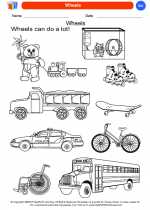Ecosystems
An ecosystem is a community of living organisms (plants, animals, and microorganisms) in conjunction with the nonliving components of their environment (such as air, water, and mineral soil), interacting as a system. These biotic and abiotic components are interconnected and create a complex web of relationships.
Components of an Ecosystem
- Abiotic factors: Non-living components such as sunlight, temperature, water, soil, and air.
- Biotic factors: Living organisms including plants, animals, and microorganisms.
Types of Ecosystems
Ecosystems can be classified into different types such as:
- Terrestrial Ecosystems: Forests, grasslands, deserts, and tundra.
- Aquatic Ecosystems: Oceans, rivers, lakes, and wetlands.
Food Chains and Food Webs
In an ecosystem, energy flows through the food chain. A food chain is a linear sequence of organisms where each one is a source of food for the next. Multiple interconnected food chains form a food web, illustrating the complex feeding relationships in an ecosystem.
Ecological Relationships
Various ecological relationships exist within an ecosystem, including:
- Predation: One organism (predator) hunts and feeds on another (prey).
- Competition: Organisms compete for resources such as food, water, and shelter.
- Mutualism: A relationship where both organisms benefit from each other.
- Parasitism: One organism (parasite) benefits at the expense of another (host).
Human Impact on Ecosystems
Human activities, such as deforestation, pollution, and overfishing, can have a significant impact on ecosystems, leading to habitat destruction and loss of biodiversity.
Study Guide
When studying ecosystems, consider the following key points:
- Define the components of an ecosystem, including abiotic and biotic factors.
- Identify and describe different types of ecosystems, both terrestrial and aquatic.
- Understand the concept of food chains and food webs, and how energy flows through an ecosystem.
- Explore ecological relationships such as predation, competition, mutualism, and parasitism.
- Discuss the impact of human activities on ecosystems and the environment.
[Ecosystems] Related Worksheets and Study Guides:
.◂Science Worksheets and Study Guides Kindergarten. Pushing, Moving, Pulling
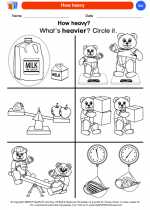
 Coloring Worksheet
Coloring Worksheet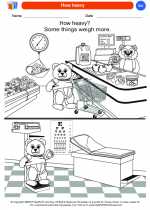
 Coloring Worksheet
Coloring Worksheet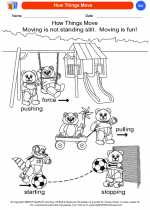
 Coloring Worksheet
Coloring Worksheet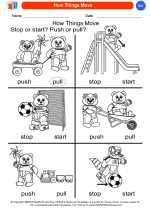
 Coloring Worksheet
Coloring Worksheet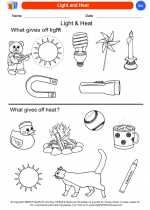
 Coloring Worksheet
Coloring Worksheet
 Coloring Worksheet
Coloring Worksheet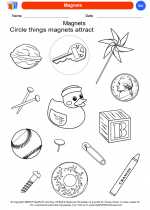
 Coloring Worksheet
Coloring Worksheet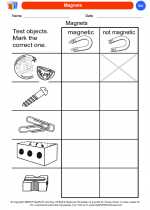
 Coloring Worksheet
Coloring Worksheet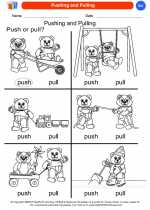
 Coloring Worksheet
Coloring Worksheet
 Coloring Worksheet
Coloring Worksheet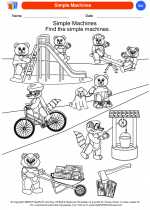
 Coloring Worksheet
Coloring Worksheet
 Coloring Worksheet
Coloring Worksheet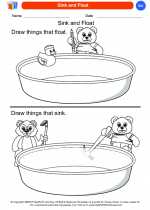
 Coloring Worksheet
Coloring Worksheet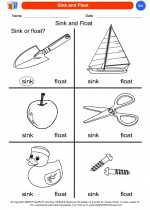
 Coloring Worksheet
Coloring Worksheet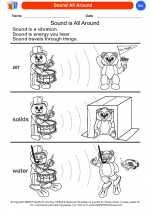
 Coloring Worksheet
Coloring Worksheet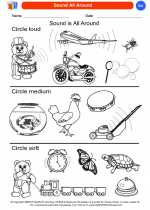
 Coloring Worksheet
Coloring Worksheet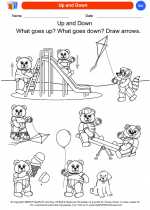
 Coloring Worksheet
Coloring Worksheet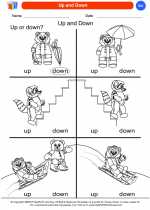
 Coloring Worksheet
Coloring Worksheet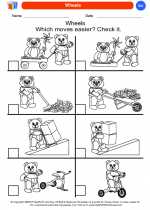
 Coloring Worksheet
Coloring Worksheet